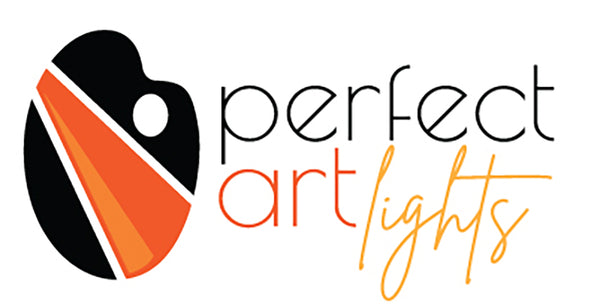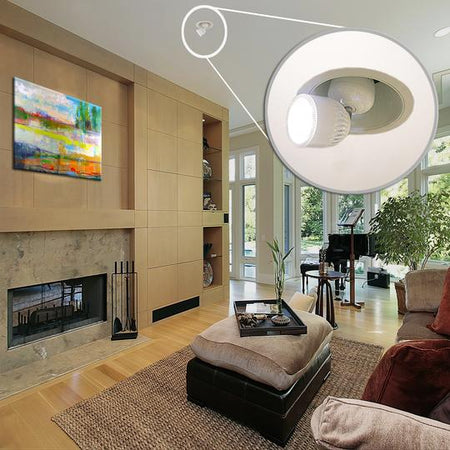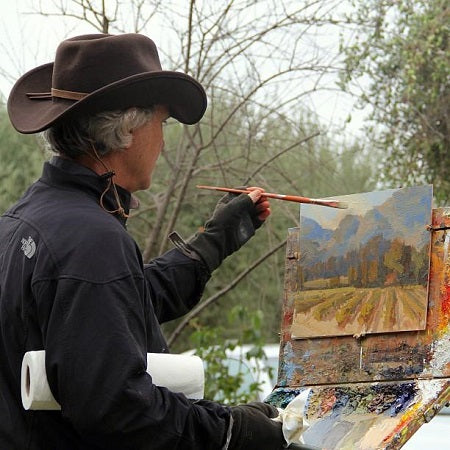How to Light Your Art Studio
March 08 2019 – Bart Watkins

Proper lighting is essential
Studio lighting is one of the key factors when setting up your art studio. There are different kinds of light to choose from—including all artificial lighting to all-natural lighting. Most of the time, you will need to find a way to light your studio with a mixture of both depending on your type of painting and the art studio space itself.
First, your art studio will not only be a place to work, but also a place to showcase the finished products. What looks good on your easel might not look as nice once it’s on the wall. This is also important if you are painting on commission—try to adjust your light in your studio to the light that is in the space where the painting will end up.
Determine what your lighting needs are
If you choose to light your studio with natural light only, there is the famous North Light approach. This means that your studio will mainly be lit by North light, which requires a window and space with the perfect view. If using all-natural light isn’t an option, and a lot of the time it is not, you will need to use artificial lighting.
You will need to have adjustable lighting for different seasons and different times of the day, here are some things to think about when determining the ideal light for your space:
A combination of natural and artificial lighting is best to acquire the right color temperature.
Different bulbs can give you different color temperatures, so you can balance the natural light and the artificial light to get exactly the right light for your painting. However, this can be costly and imprecise. The best solution is light with adjustable color temperature.
Temperature color is measured in Kelvin, and lights that are considered warm have red-yellow tints, and cool lights have tints of light blue.
If you want to paint with warm or cool colors, adjust that amount up to and down. If you are aiming for an artificial light that mimics the North light, that would require a light with 7000K.
You will want to find the right amount of brightness, as well. So having a light that can dim is also important.
To simplify, you want the room to have full-spectrum lighting which will provide a light that mimics natural sunlight. When you buy a light, make sure you know the properties of the light bulb and the color-rendering index you need to get the perfect light that won’t obstruct your view of the colors in your painting. For exactly the color-rendering index of the sun is 100, so if you want to mimic the outside light, find a light bulb that can give you an index of 90+ CRI. The optimal light will have a high CRI, the ability to dim and have an adjustable color temperature.
Remember, first decide how you want your paintings to look in the room when they are hanging and finished. It is highly recommended to supplement the natural light in your space with artificial lights to give you a high-quality working light. This will provide your painting with a perfect balance of color when it’s complete.



